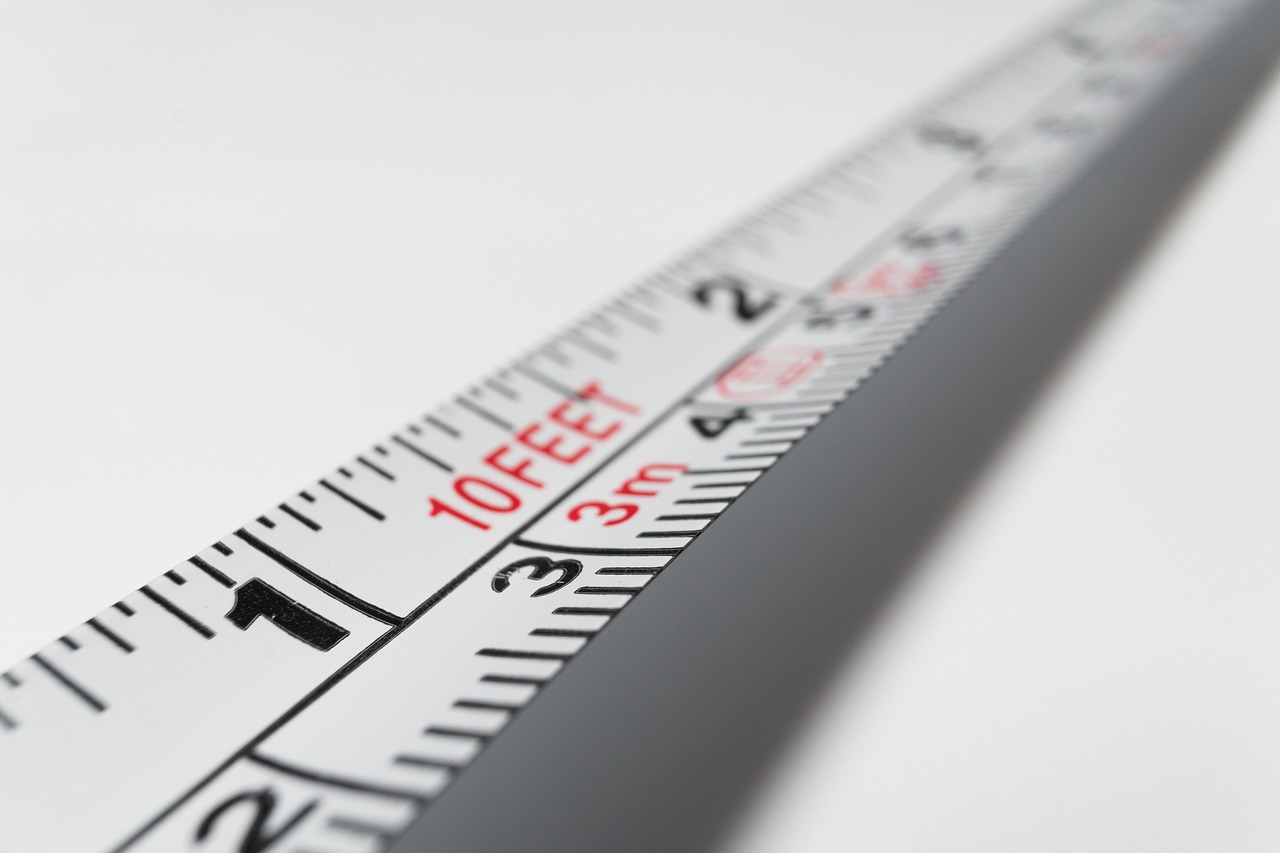Standard Method of Measurement SMM7
Contents |
[edit] What is the Standard Method of Measurement?
It is important that there is a uniform basis for measuring building works in order to facilitate industry wide consistency and benchmarking, to encourage the adoption of best practice and to help avoid disputes.
The Standard Method of Measurement (SMM) is published by the Royal Institution of Chartered Surveyors (RICS). It was first published in 1922, superseding a Scottish Standard Method of Measurement which was published in 1915. It is now in its seventh edition (SMM7), which was first published in 1988 and revised in 1998.
[edit] What is SMM7
SMM7 provides detailed information, classification tables and rules for measuring building works. It is typically used in the preparation of bills of quantities, documents that provide measured quantities of the items of work identified by the drawings and specifications in tender documentation. Bills of quantities are issued to tenderers for them to prepare a price for carrying out works.
Work sections within SMM7 are classified according to the Common Arrangement of Work Sections (CAWS). CAWS creates a consistent arrangement of work sections for specifications and bills of quantities. It was first published in 1987 and was updated by the Construction Project Information Committee (CPIC) in 1998 to align it with the Unified Classification for the Construction Industry (Uniclass).
SMM7 is accompanied by the Code of Procedure for the Measurement of Building Works (the SMM7 Measurement Code). Whilst SMM7 can have a contractual status on a project (for example in the JCT Standard form of Building Contract), the Measurement Code is non-mandatory.
[edit] Replacement of SMM7 with NRM
SMM7 was been replaced by the New Rules of Measurement volume 2 (NRM2) which was published in April 2012 by the RICS Quantity Surveying and Construction Professional Group and became operative on 1 January 2013. SMM7 should not be adopted on projects after July 2013.
NRM2 is accompanied by two additional volumes:
- NRM1: Order of cost estimating and cost planning for capital building works.
- NRM3: Order of cost estimating and cost planning for building maintenance works.
It is suggested by the RICS that together, the new suite of documents will better reflect the way the industry now works:
- Better meeting the needs of clients.
- Providing for more up-front detail.
- Allowing better consideration of the full costs of a construction project (for example marketing costs, fees and charges, the cost of acquiring land, planning costs, relocation costs, the cost of finance, and so on).
- Providing a better method for quantifying risk.
The RICS also suggest that it will facilitate '...greater cross industry working (and) the introduction of Building Information Modelling' (ref. RICS).
NRM has moved away from the Common Arrangement of Work Sections (CAWS) to adopt its own system of indexing.
The New Rules of Measurement are accompanied by the 'Black Book', the QS and construction standards. Together they provide a suite of tools to help the construction industry work more collaboratively and consistently.
Contracts that refer to SMM7 should be revised when NRM is adopted on new projects.
For a detailed comparison of NRM2 and SMM7 see Comparison of SMM7 with NRM2.
[edit] Related articles on Designing Buildings
- Bills of quantities.
- Black book.
- Code of measuring practice.
- Common Arrangement of Work Sections.
- Comparison of SMM7 with NRM2.
- Cost consultant.
- New Rules of Measurement.
- RICS.
- RICS Property Measurement.
- RICS publishes Land Measurement for Planning and Development Purposes.
- Tender.
- Tender documentation.
- Tender pricing document.
- Uniclass.
[edit] External references
- RICS: RICS has released new guidance for quantity surveyors and other members working in the construction sector.
- RICS: NRM 1 and NRM 2 are available.
- NBS video: The New Rules of Measurement.
- RICS QS and construction standards (the Black Book).
- NBS: Coordinating Common Arrangment, Uniclass, NBS and Rules of Measurement.
Featured articles and news
Latest Build UK Building Safety Regime explainer published
Key elements in one short, now updated document.
UKGBC launch the UK Climate Resilience Roadmap
First guidance of its kind on direct climate impacts for the built environment and how it can adapt.
CLC Health, Safety and Wellbeing Strategy 2025
Launched by the Minister for Industry to look at fatalities on site, improving mental health and other issues.
One of the most impressive Victorian architects. Book review.
Common Assessment Standard now with building safety
New CAS update now includes mandatory building safety questions.
RTPI leader to become new CIOB Chief Executive Officer
Dr Victoria Hills MRTPI, FICE to take over after Caroline Gumble’s departure.
Social and affordable housing, a long term plan for delivery
The “Delivering a Decade of Renewal for Social and Affordable Housing” strategy sets out future path.
A change to adoptive architecture
Effects of global weather warming on architectural detailing, material choice and human interaction.
The proposed publicly owned and backed subsidiary of Homes England, to facilitate new homes.
How big is the problem and what can we do to mitigate the effects?
Overheating guidance and tools for building designers
A number of cool guides to help with the heat.
The UK's Modern Industrial Strategy: A 10 year plan
Previous consultation criticism, current key elements and general support with some persisting reservations.
Building Safety Regulator reforms
New roles, new staff and a new fast track service pave the way for a single construction regulator.
Architectural Technologist CPDs and Communications
CIAT CPD… and how you can do it!
Cooling centres and cool spaces
Managing extreme heat in cities by directing the public to places for heat stress relief and water sources.
Winter gardens: A brief history and warm variations
Extending the season with glass in different forms and terms.
Restoring Great Yarmouth's Winter Gardens
Transforming one of the least sustainable constructions imaginable.
























Comments
[edit] To make a comment about this article, or to suggest changes, click 'Add a comment' above. Separate your comments from any existing comments by inserting a horizontal line.